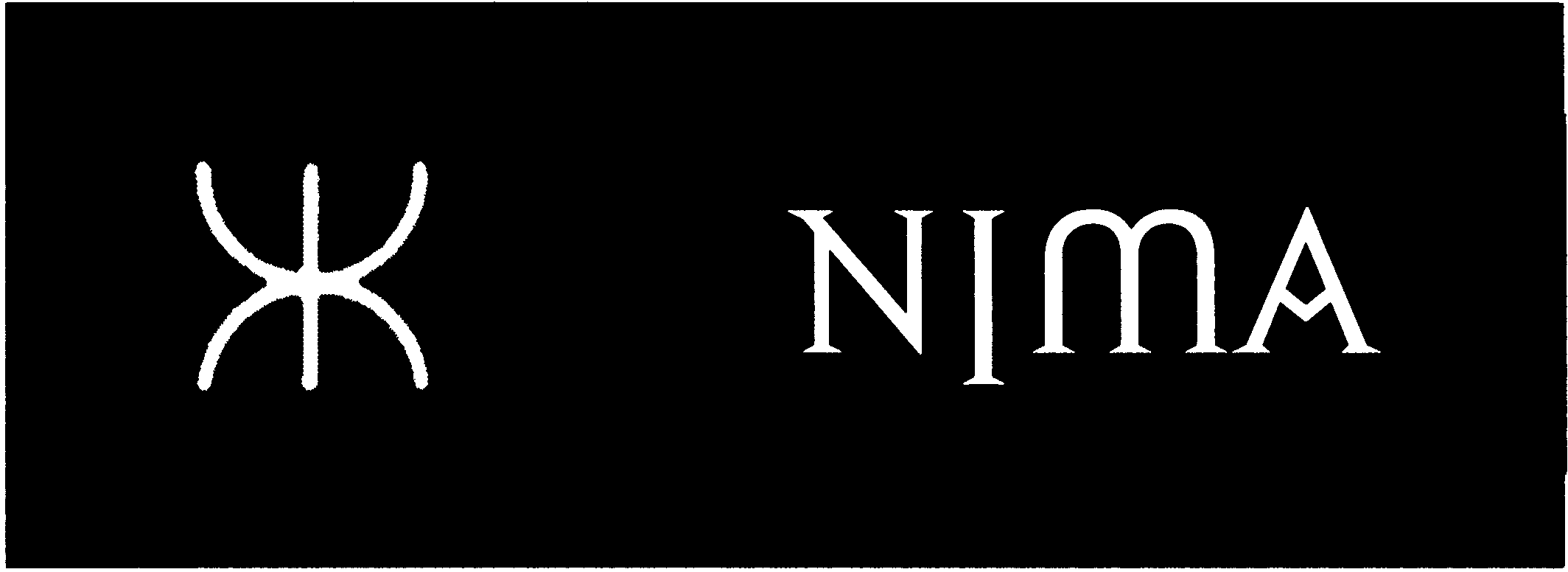![[Home]](/upload/FranzNahrada/logo_dorfwiki_128.jpg)
Franz Nahrada / Speech Micro Euro Summit 2024 /
Micro Cultures
Neues
TestSeite
DorfTratsch
Suchen
Teilnehmer
Projekte
GartenPlan
DorfWiki
Bildung+Begegnung
DorfErneuerung
Dörfer
NeueArbeit
VideoBridge
VillageInnovationTalk
AlleOrdner
AlleSeiten
Hilfe
Einstellungen
SeiteÄndern
"A microculture depends on the smallest units of organization – dyads, groups, or local communities – as opposed to the broader subcultures of race or class, and the wider national/global culture, compared to which they tend also to be more short-lived, as well as voluntarily chosen. The study of kinesics – the nonverbal behavior of the small gathering – can be used to illuminate the dynamics of a given microculture". ˧
"The fragmentation of postmodern consumer microstructures, with their volitional and ephemeral nature, also presents a pattern of mainstream erosion in the face of an increasing number of competing microcultures." ˧
˧
 Our biggest weath is the diversity of cultures Our biggest weath is the diversity of cultures The nimas are the real wealth of the bolos |
Best description by Hans Widmer, bolo'bolo, 1983 - ![]() https://theanarchistlibrary.org/library/p-m-bolo-bolo ˧
https://theanarchistlibrary.org/library/p-m-bolo-bolo ˧
"Bolos can’t just be neighborhoods or practical arrangements. That is only their technical, external aspect. The real motivation for ibus to live together is a common cultural background, the nima''. Every ibu has its own conviction and vision of life as it should be, but certain nimas can only be realized if like-minded ibus can be found. ˧
In a bolo, they can live, transform and complete their common nima. On the other side, those ibus whose nimas exclude social forms (hermits, bums, misanthropists, yogis, fools, individual anarchists, magicians, martyrs, sages or witches) can stay alone and live in the interstices of the ubiquitious, but far from compulsory, bolos. ˧
The nima contains habits, lifestyle, philosophy, values, interests, clothing styles, cuisine, manners, sexual behavior, education, religion, architecture, crafts, arts, colors, rituals, music, dance, mythology, body-painting: everything that belongs to a cultural identity or tradition. The nima defines life, as the ibu imagines it, in its practical everyday form. ˧
The sources of nimas are as manifold as they are. They can be ethnic traditions (living or re-discovered ones), philosophical currents, sects, historical experiences, common struggles or catastrophes, mixed forms or newly invented ones. A nima can be general or quite specific (as in the case of sects or ethnic traditions). It can be extremely original or only a variant of another nima. It can be very open to innovation or closed and conservative. nimas can appear like fashions, or spread like epidemics, and die out. They can be gentle or brutal, passive-contemplative or active-extraverted.[9] The nimas are the real wealth of the bolos (“wealth” = manifold spiritual and material possibilities). ˧
As any type of nima can appear, it is also possible that brutal, patriarchal, repressive, dull, fanatical terror cliques could establish themselves in certain bolos. There are no humanist, liberal or democratic laws or rules about the content of nimas and there is no State to enforce them. Nobody can prevent a bolo from committing mass suicide, dying of drug experiments, driving itself into madness or being unhappy under a violent regime. bolos with a bandit-nima could terrorize whole regions or continents, as the Huns or Vikings did. Freedom and adventure, generalized terrorism, the law of the club, raids, tribal wars, vendettas, plundering — everything goes. ˧
On the other side,the logic of bolo’bolo puts a limit on the practicability and the expansion of this kind of behavior and these traditions. Looting and banditry has its own economics. Furthermore, it’s absurd to transpose motivations of the present system of money and property into bolo’bolo. A bandit-bolo must be relatively strong and well-organized, and it needs a structure of internal discipline and repression. For the ruling clique inside such a bolo, this would have to mean permament vigilance and a high amount of repression-work. Their ibus could leave the bolo at any moment, other ibus could show up and the surrounding bolos would be able to observe the strange evolutions in such a bolo from the beginning. They could send guests, restrict their exchange, ruin the munu of the bandit-bolo, help the oppressed of the bolo against the ruling clique. Supplying food and other goods, getting weapons and equipment would pose severe problems. The ibus of the bandit-bolo would have to work in the first place to get a basis for their raids: hence the possibility of rebellion against the chiefs. ˧
Without a State apparatus on a relatively large scale, repression would require a lot of work and would not be easily profitable for the oppressors. Raids and exploitation would not be very profitable, either, because there is no means to preserve the stolen goods in an easily transportable form (no money). Nobody would enter into an exchange with such a bolo. So it would have to steal goods in their natural form, which means a lot of transportation work and the necessity of repetitious raids. As there are few streets, few cars, scarce means of individual transportation, a bandit-bolo could only raid its neighbors, and would quickly exhaust their resources. Add the resistance of other bolos, the possible intervention of militias of larger communities (tega, vudo, sumi: see yaka) - and banditry becomes a very unprofitable, marginal behavior. ˧
Historically, conquest, plundering and oppression between nations have always been effects of internal repression and of lack or impossibility of communication. Both causes cannot exist in bolo’bolo: bolos are too small for effective repression, and at the same time the means of communication are well-developed (telephone networks, computer networks, ease of travel, etc). In single bolos domination doesn’t payoff, and independence is only possible with an agricultural base. Predator bolos are still possible, but only as a kind of l’art pour l’art, and for short periods of time. Anyway, why should we start all that again, as we have now at our disposal the experiences of history? And who should be the world-controllers if we’re not able to understand these lessons? ˧
In a larger city, we could find the following bolos: Alco-bolo, Sym-bolo, Sado-bolo, Maso-bolo, Vegi-bolo, Les-bolo, Franko-bolo, Italo-bolo, Play-bolo, No-bolo, Retro-bolo, Thai-bolo, Sun-bolo, Blue-bolo, Paleo-bolo, Dia-bolo, Punk-bolo, Proto-bolo, Krishna-bolo, Taro-bolo, Jesu-bolo, Tao-bolo, Para-bolo, Pussy-bolo, Marl-bolo, Necro-bolo, Basket-bolo, Coca-bolo, Incapa-bolo, High-Tech-bolo, Indio-bolo, Alp-bolo, Mono-bolo, Metro-bolo, Acro-bolo, Soho-bolo, Herb-bolo, Macho-bolo, Hebro-bolo, Ara-bolo, Freak-bolo, Straight-bolo, Pyramido-bolo, Marx-bolo, Sol-bolo, Tara-bolo, Uto-bolo, Sparta-bolo, Bala-bolo, Gam-bolo, Tri-bolo, Logo-bolo, Mago-bolo, Anarcho-bolo, Eco-bolo, Dada-bolo, Digito-bolo, Subur-bolo, Bom-bolo, Hyper-bolo, Rasle-bolo, etc. Moreover, there are also just good old regular bolos, where people live normal, reasonable and healthy lives (whatever those are). ˧
The diversity of cultural identities destroys modern mass culture and commercialized fashions, but also the standardized national languages. As there is no centralized school system, every bolo can speak its own language or dialect. These can be existing languages, slangs, or artificial languages. Thus the official languages, with their function as a means of control and domination, decay, and there results a kind of Babylonian chaos, i.e., an ungovernability through dysinformation. As this linguistic disorder could cause some problems for travellers, or in emergencies, there is asa’pili — an artificial vocabulary of some basic terms that can be easily learned by everybody. asa’pili is not a real language, for it consists only of a few words (like: ibu, bolo, sila, nima, etc.), and their corresponding signs (for those incapable of or refusing verbal speech). With the help of asa’pili, every ibu can get anywhere the basic necessities like food, shelter, medical care, etc. If it wants to understand better a bolo speaking a foreign language, the ibu will have to study it. As the ibu now has a lot of time, this should not prove such a problem. The natural language barrier is also a protection against cultural colonization. Cultural identities cannot be consumed in a superficial way — you really do have to get acquainted with all the elements, spend some time with the people. ˧
˧
 The autonomous region (sumi) is the largest practical unity for bolos and ibus. Such a region can comprise an indefinite number of bolos, townships or counties, maybe about 20 or 30 counties, or several million people The autonomous region (sumi) is the largest practical unity for bolos and ibus. Such a region can comprise an indefinite number of bolos, townships or counties, maybe about 20 or 30 counties, or several million people Regions are in fact not only geographic areas (in some cases this might be sufficient), they’re cultural unities, like the bolos. |
Of course, regional identity can never be a pretext to suppress bolos and their identity. No region should expel a bolo, and every adjacent bolo should be free to chose its region. History has demonstrated that autonomous regions not denied their own independent culture are very tolerant towards other cultural identities too. In fact, the self-sufficiency of its bolos is the real strength of an autonomous region. By “losing” bolos or townships and “winning” others, a region can continuously adapt to changing situations; there are no “hard” borders that always cause unnecessary conflicts and wars. A region is not a territory, but a living area changing with life. In the form of typical bolos, every region has many “embassies” in other regions (Irish-bolos in New York, Bronx-bolos in Paris, Sicilia-bolos in Burgundy, Basque-bolos in Andalusia, etc.). ˧